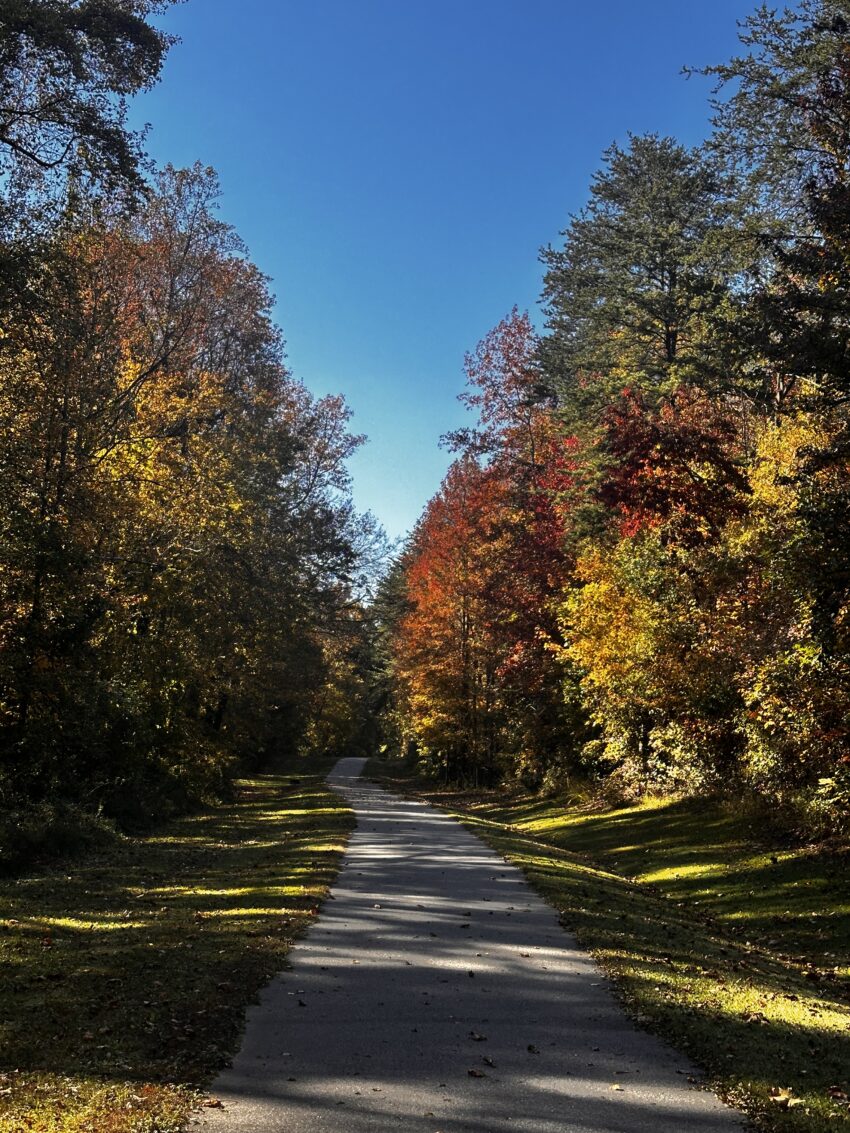Choosing The Right Footwear For Hiking

Choosing the right footwear when you’re heading into nature is a big deal, trust me. The shoes you wear can totally make or break your hiking adventure. Slip on the wrong pair, and you could end up with blisters, aching feet, or worse. The right footwear is going to keep you comfy, safe, and ready to tackle those trails head-on. You wouldn’t want to cut your hike short because your feet are screaming at you, right?
We often underestimate how much our feet do for us during a hike. It’s not just about putting one foot in front of the other. Your feet are balancing your weight, navigating uneven paths, and dealing with everything from squishy mud to jagged rocks. So, the support, comfort, and protection offered by your footwear are super important. A reliable pair of hiking shoes or boots acts like your best buddy on that adventure, supporting you every step of the way.
I’ve seen people toss on their old sneakers thinking that they’ll do just fine on a trail. But here’s the thing—they aren’t built for the rough stuff. Hiking-specific footwear has special features like thicker soles for shock absorption, tougher materials that protect against the elements, and designs that offer additional ankle support. This makes them a better choice for tackling nature’s unpredictable paths.
In the wild world of hiking, the unpredictability is what makes it awesome. But that also means your shoes need to be up to the challenge. A good hiking shoe not only fits your feet but also fits the terrain and conditions you’ll encounter. From muddy trails to rocky climbs, your choice of footwear should give you confidence and security. Making the right choice can take your hike from a painful slog to an enjoyable adventure.
Identifying Your Hiking Type
Different types of hikes mean different needs for your feet. Whether you’re heading out for a chill day hike or gearing up for an intense backpacking trip, your choice in footwear matters.
For those short, scenic day hikes, something lightweight like trail runners or hiking shoes can be perfect. They offer just the right mix of support and breathability. You want something that lets your feet move without being weighed down, giving you the freedom to soak in the views as you walk.
Now, if you’re all about those long backpacking adventures where you’re carrying a hefty load, your feet will need more love in the form of sturdy, supportive boots. These babies are built for durability and keep your ankles in check, especially when you’re lugging around heavy gear over miles and miles.
Every hiking path will throw different challenges at you, so tuning into what type of hiking adventure you’re on will help you pick shoes that perform best. It’s all about striking a balance between comfort and the rugged features you need for the journey ahead.
Matching Footwear with Terrain
The type of terrain you’ll be hiking on is a huge factor in deciding what goes on your feet. Imagine trudging through flat, well-kept trails with heavy-duty boots—that’s overkill and will tire you out faster than you’d think. Lightweight shoes or trail runners should do the trick here, keeping you agile and comfortable.
But if you’re venturing into rocky or rugged terrain, you’ll want mid- to high-cut boots that offer more ankle support and protection. Those rocks can be tricky, and the last thing you want is a twisted ankle miles away from civilization.
Hiking in wet or muddy areas can turn your adventure into a slip-and-slide affair if you’re not prepared. Waterproof or water-resistant boots will keep your feet dry, letting you focus more on the beauty around you than the soggy mess underfoot.
Matching your footwear to the terrain isn’t just a suggestion—it’s a game-changer. Think of it as giving yourself the best fighting chance to tackle whatever the trail decides to throw your way.
Finding the Perfect Fit
Getting the right fit is probably the most critical aspect when picking hiking footwear. It might seem like a no-brainer, but jam your toes in shoes that are too tight, and your hike will soon turn into an exercise in pain tolerance.
Theres’s nothing more crucial than making sure you have enough wiggle room. Your shoes should cradle your feet snugly and comfortably, with just enough space for your toes to move. Trust me, the difference this makes at the end of a long hike is huge.
Don’t wing it when trying on new shoes. Wear the same socks you’ll be hiking in to simulate the actual conditions you’ll face on the trail. This simple step can help you avoid those unexpected pinches and pressure points when you’re miles away from help.
Take a stroll in those shoes before committing fully. Walk around the store or your house to get a real feel for them. Check for any spots that feel too tight or places where your foot doesn’t feel supported. Catching these issues early saves you from dealing with discomfort later on.
Your footwear should feel like they’re giving you a supportive hug, not cutting off your circulation. A little planning and patience in finding the perfect fit isn’t just wise—it’s essential for kit that supports you every step of the way.
Balancing Weight and Support
When it comes to hiking shoes, there’s always a trade-off between weight and support. Lighter footwear reduces fatigue and can make those long walks feel much easier. Who doesn’t love feeling like they could walk forever when their feet are happy?
However, shedding pounds with your shoes might mean giving up some of that all-important support. Lightweight trail runners are great for easy trails or day hikes, but they might not provide enough cushion and stability when you’re carrying a pack on tougher terrain.
Heavier boots offer the durability and extra support needed for challenging paths and heavier loads. These boots act like a fortress for your feet, keeping them steady and shielded as you test the limits of your endurance.
Deciding between lightweight and more supportive options isn’t just a matter of preference. It’s about understanding the demands of your planned hike and what your body needs to comfortably and safely conquer those trails. Choose wisely to balance that bounce in your step with enough support for protection!
Enhancing Traction and Grip
When you’re out on those unpredictable trails, grip and traction can make a world of difference. Think of them as your secret weapons against the unwanted slips and slides that can turn an adventure into an ordeal.
Opt for outsoles with deep lugs if tackling varied surfaces is part of your itinerary. Deep lugs dig into the ground a bit more and give you that extra security on slippery rocks, muddy paths, or steep descents.
Pay attention to the tread pattern as well; it should match the kind of terrain you’ll be facing. Different patterns are designed for different kinds of surfaces, making your hike safer and more stable.
Poor traction is often the culprit behind falls and injuries on the trail, so it’s not something that should be taken lightly. With the right support underfoot, you can keep your focus where it should be—on the stunning views and crisp trail air.
The Role of Breathability and Waterproofing
Picking shoes that offer breathability can be a game-changer, especially in warmer weather. When your feet can breathe, they’re less likely to feel like a sauna by the end of your hike.
Materials like mesh allow air to flow freely, keeping your feet cool and helping to prevent that unpleasant clammy feeling. But watch out—breathable shoes often have less protection against moisture from rain or puddles.
Waterproof boots step up when you need to keep your feet dry in wet conditions. They’re perfect for those damp hikes, saving you from drenched socks and soggy blisters.
However, keep in mind that waterproof shoes can feel a bit stuffy when the sun’s beating down on you. It’s all about weighing your needs against the hiking conditions you expect.
If you’re hiking in varying conditions, a balance between breathability and water resistance could offer the best of both worlds, adapting to whatever Mother Nature throws your way.
The Break-In Process for New Footwear
New hiking shoes or boots can feel a bit stiff right out of the box. Avoid heading straight to a long hike with them—faulty break-ins are a common cause of blisters and foot pain.
Start by wearing your new footwear around the house or for short walks. This helps the materials soften up and adapt to the shape of your foot, which means fewer surprises on the trail.
Testing them with your usual hiking socks can also ensure nothing’s too tight or irritating. Pay attention to any spots that seem irritating and give those areas extra time to stretch out.
The break-in process can vary depending on the type and material of the shoe, so be patient. Letting your shoes mold to your feet can vastly improve comfort over time.
Gradually increasing the distance and difficulty of walks with your new shoes helps them adjust. This gradual break-in period will make sure that when you’re ready for your big hike, your shoes will be too.
Making Informed Purchases
Quality hiking footwear is an investment, and like any good investment, it should meet your specific needs. Sure, snagging a bargain feels great, but opting for cheap, low-quality shoes can end up costing more if they can’t hold up or you end up with foot problems.
Custom or aftermarket insoles can be a wise addition if you need extra comfort or support. They can transform a decent pair of shoes into something spectacular for your feet, especially on all-day hikes.
It’s vital to consider your budget, but don’t let it be the only deciding factor. Balance your price range with the technical features you require for your typical hiking conditions.
Taking the time to try different styles, brands, and insoles helps to find what feels best for you. Everyone’s feet are different, so personal comfort and support should be at the top of your list.
Think of your hiking footwear not just as a purchase, but as a commitment to quality and self-care, ensuring each step of your journey is as enjoyable and safe as possible.


Leave a Reply